The government of Sindh has announced the distribution of 212864 acres (136784 barrage, 45358 katcha, 307, 57 Barani) land among landless haris, preferably amongst the women workers in almost all the districts of Sindh under land grant policy.
In the first phase, the scheme covers 160 union councils and those districts where state land is available for free distribution. Government has also lifted ban on grant of state land amongst haris in accordance with land grant policies.
The prime target of this scheme is to reach out the poorest of the poor and the most marginalised people, with a central objective to reduce poverty, access of landless to the basic livelihood sources and ultimately to ensure the food security.
Government has declared following objectives as the theme of the project: institutionalisation of land reforms sector in Sindh: institutionalisation of land reforms sector: clear focus on women empowerment as envisaged by Shaheed Benazir Bhutto; targeting genuine and poorest of the poor landless haris; and, integrated support system for a sustainable livelihood.
Under the current proposed policy, besides allotment of land, some incentives like micro credit facilities, skill training, seed, pesticides, land leveling and access to water will be provided to haris. Government has approved a formal engagement of Rural Support Programmes (RSPs) in Sindh, especially with TRDP, SRSO and NRSP. Government has asked the network to use its poverty profiling score card to make the entire exercise, transparent and meritorious.
On the other hand, some right based NGOs and civil society networks have established camps in different parts of the province and their volunteers are organising community meetings and advocacy campaigns to help the poor and illiterate haris to properly follow the criteria to fill the application form, its submission to the concerned authorities. This voluntarily watchdog activism will help successful and transparent implementation of the project.
The triangle of government, RSPs and civil society is a unique of its kind to legitimise land reforms policy and especially the grant of land among landless haris.
The involvement of RSPs for the implementation of this project will be focused on two very critical and important segments namely; (1) identification of the poorest of the poor landless hari through poverty score card and, (2) devising and extending support package to convert this scheme into an integrated programme for sustainability through local resource management.
Under the land distribution programme, over 13,300 families or over one hundred thousand persons are estimated to benefit; there will be remarkable change in socio-economic conditions and employment opportunities. Funding for tube well to group of hari’s having contiguous land above 100.00 acres is also in consideration.
There have been multiple attempts of land reforms. The first land reforms package in 1959 was called a “cosmetic measure” and 1972 land redistribution reforms of Zulfiqar Ali Bhutto were called a wider initiative and got public acceptance, in which land ceiling was fixed at 150 acres for irrigated and 300 acres for non-irrigated land.
In 1977, another reform package was announced but the government was over-thrown by a military dictator. In the first tenure of Benazir Bhutto, 35000 acres of land were distributed among landless haris. During Mian Nawaz Sharif’s second tenure another, though not very successful attempt was made in Sindh by him.
Sindh is one of the poorest provinces of Pakistan. Rural Sindh’s economy is based on agriculture and it tends to be characterised by highly unequal land distribution, huge rural urban gap in development. Important factors for the high level of rural poverty are the unequal distribution of land and other productive assets, the prevalence of an ancient sharecropping system in agriculture, lack of access to services and zero level of compliance with legislative bindings. Unscheduled rainfall, unstable prices of agricultural and consumption goods and lack of employment opportunities, non-availability of agro-based small industries, faulty drainage systems are major threats to the agricultural economy. The availability of these segments can potentially offer some protection to the land and production of agricultural economy.
The situation is further compounded through insufficient supplies of irrigation water during droughts, and other natural calamities. The prevalence of an unequal land distribution system is thus a major cause of poverty, and significantly enhances vulnerability.
The free distribution of land among landless haris can significantly increase the owner’s capacity to absorb economic shocks, and ensure food security for the household. Land ownership by landless haris is also a key factor which determines his/her access to credit from the formal banking sector, that will decrease the dependence of the poorest hari on informal credit markets, which is very exploitative.
Unequal land tenure patterns thus do not just have implications for income distribution, but also have adverse impacts on agricultural productivity. For that matter the majority of its people are generally poor and vulnerable. Available data on rural poverty and income indicate high levels of poverty.
The government’s strategy for rural poverty reduction is focused on participatory efforts for rural development through free land distribution inclusive micro credit disbursement and employment generation. There is a need for an effective coordination between several RSPs; rights based NGOs, networks and government line departments to make this project a success story.


















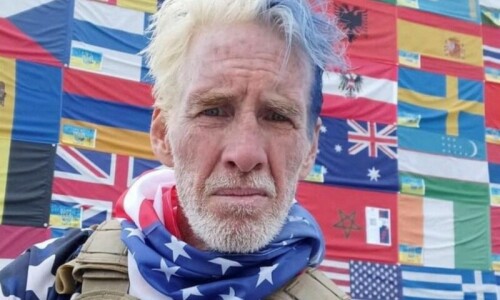




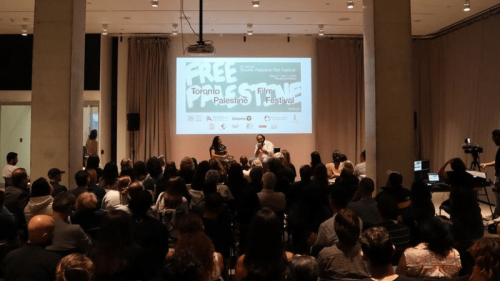











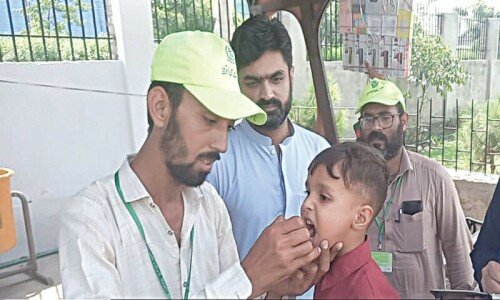

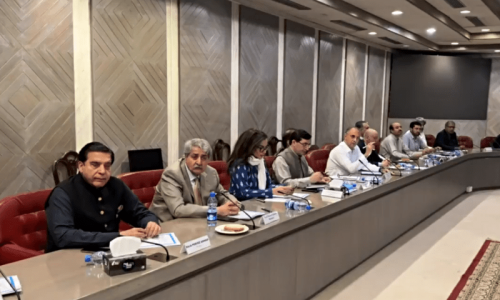

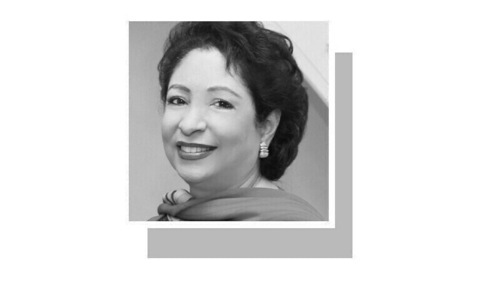



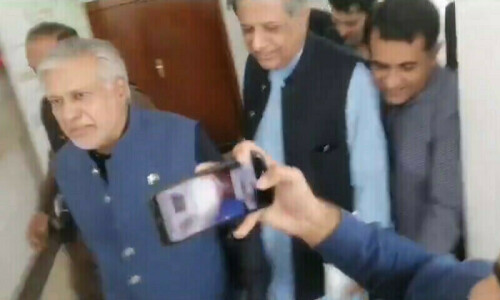
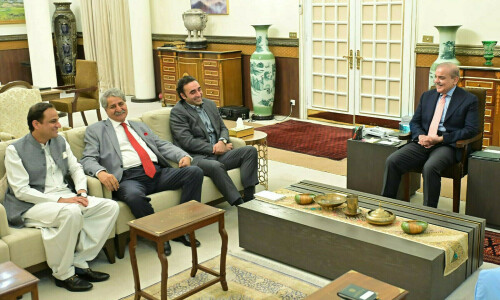

Dear visitor, the comments section is undergoing an overhaul and will return soon.